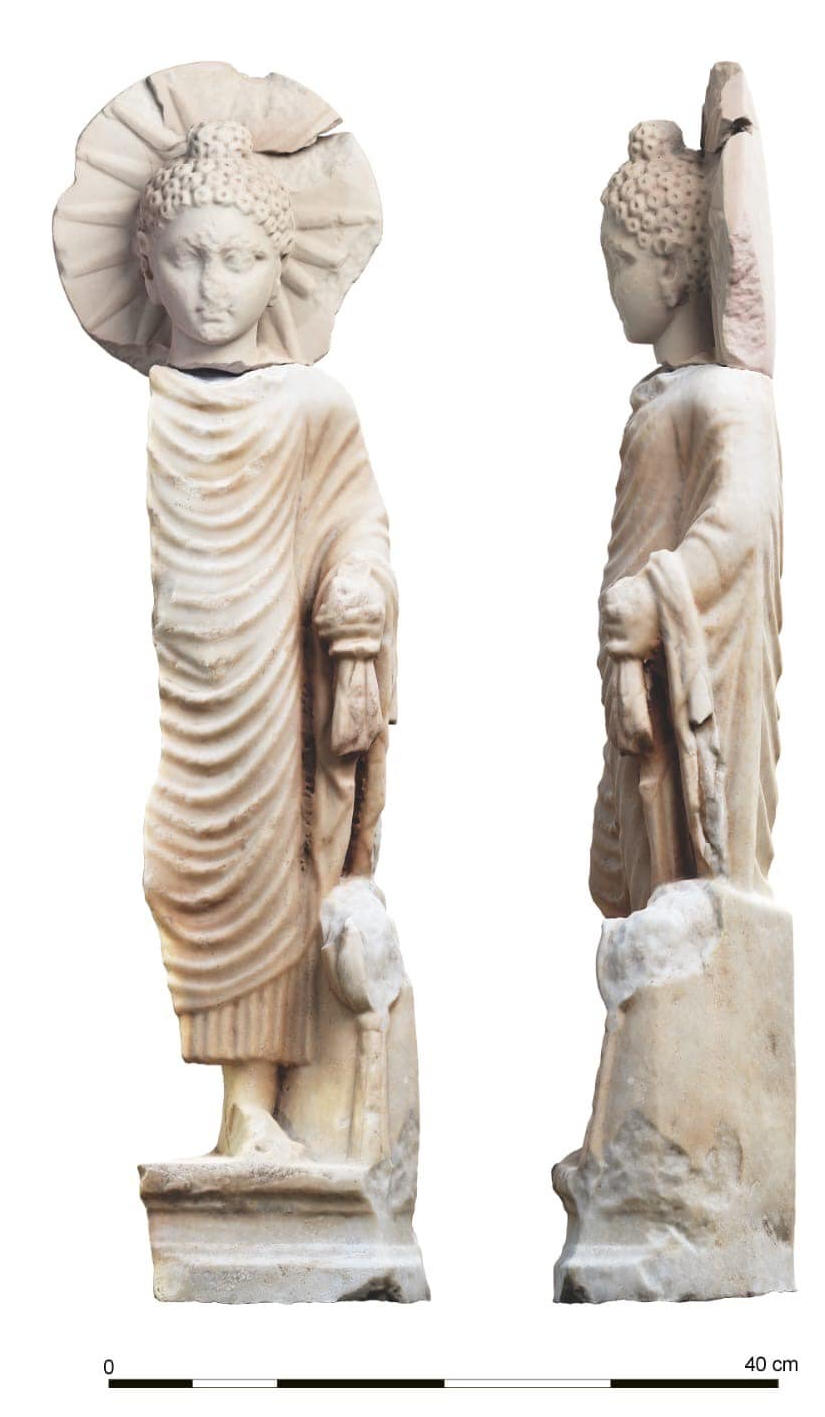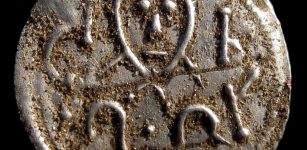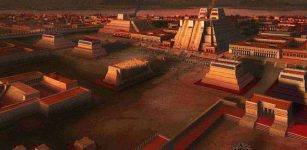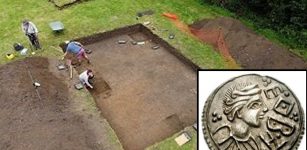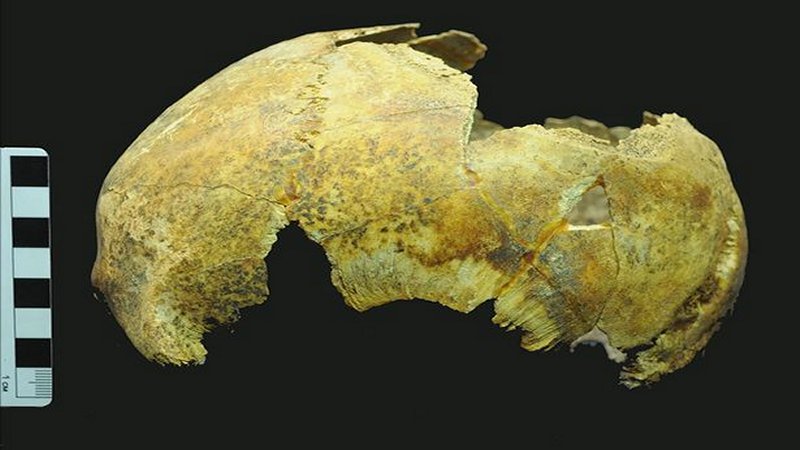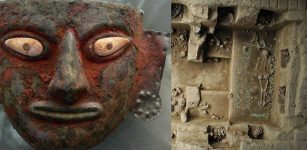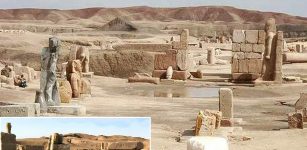Curious Ancient Buddha Figurine Discovered In Berenice Troglodytica Egypt
Jan Bartek – MessageToEagle.com – Archaeologists excavating in the ancient Egyptian seaport Berenice Troglodytica (also knowns as Briniki ) on the western shore of the Red Sea have unearthed a curious ancient Buddha figurine.
The statue of a Roman-era Buddha was found by an American-Polish-American archaeological team working at the city temple.
Ruins of an ancient temple in the city of Berenice Troglodytica. Credit: Adobe Stock – lkpro
The archaeological mission has been operating at the site since 1994 under the supervision of the Supreme Council. During this time, scientists have made several significant finds offering evidence of the existence of trade relations between Egypt and India during the Roman era.
In those days, Egypt was a central location on the trade route that connected the Roman Empire to many regions of the ancient world, including India.
Several ports during the Roman era on the Red Sea coast in Egypt participated in this trade, most importantly Briniki, where ships arriving from India were loaded with products such as pepper, semi-precious stones, textiles, and ivory, which were unloaded, and shipments on beauty transporting goods across the desert to the Nile. Other ships would then transport goods to Alexandria and from there to the rest of the Roman Empire.
So how did an ancient Buddha figurine end up in this busy Egyptian port?
According to Dr. Marius Goyazda, head of the Polish archaeological mission, the discovered statue was made of stone that may have been extracted from a region south of Istanbul or carved locally in Briniki. Later, one or more wealthy traders from India dedicated it to the temple.
Archaeologists unearthed an ancient Buddha statue in the ancient Egyptian city Berenice Troglodytica. Image credit: Ministry of Tourism and Antiquities
The statue is 71 cm high and depicts a Buddha standing and holding part of his clothes in his left hand. Around his head is a sunlight halo, a sign of his radiating mind, and next to him is also a lotus flower. In Buddhism, the lotus flower is sacred and symbolizes the purity of body, mind, and speech.
See also: More Archaeology News
Dr. Stephen Sidbotham, head of the American archaeological team, said that the mission also succeeded, during its work at the temple, in uncovering an inscription in Hindi (Sanskrit) dating back to the Roman Emperor Philip the Arab (Marcus Julius Phelps) (244 – 249 AD. ).
This inscription does not appear to be from the same period as the Buddha statue, which is probably much older, as well as the other inscriptions in the same temple in Greek, dating back to the early first century BC.
Scientists also report that two second-century coins from the central Indian kingdom of Satavahana were also found at the site.
Written by Jan Bartek – MessageToEagle.com – AncientPages.com Staff Writer


